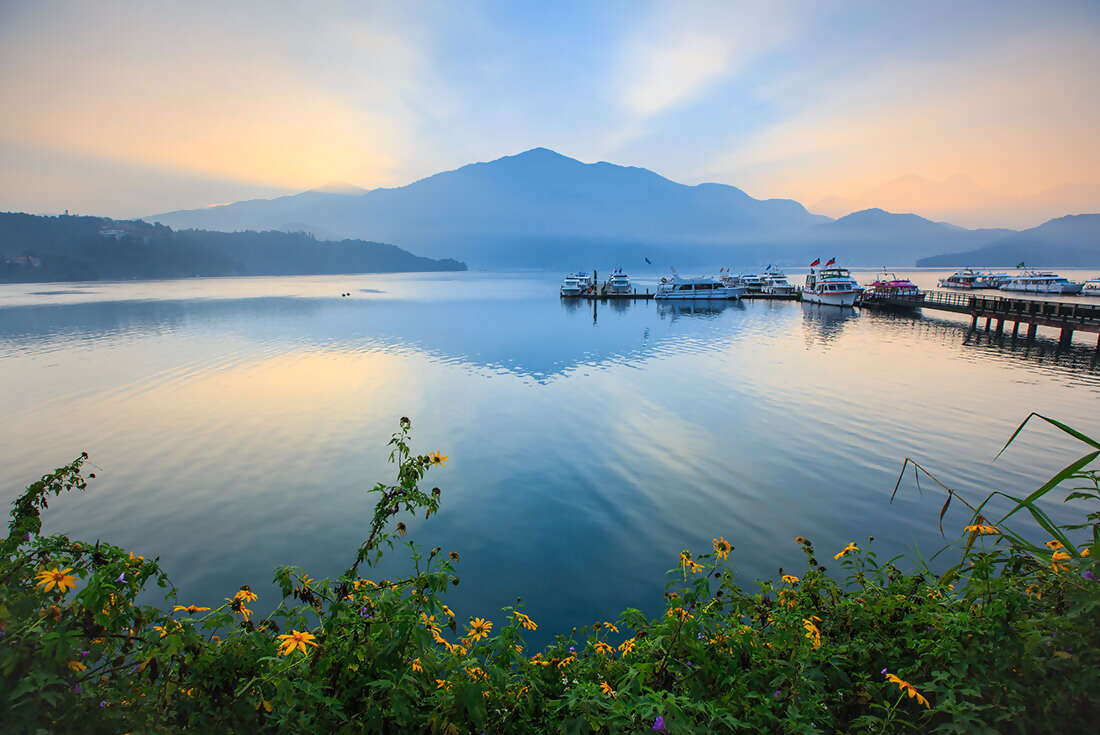 Unlock the secrets of the Silk Road on this immersive journey across Central Asia. From Beijing all the way to Tashkent, this epic 32-day trip heads west across China, showcasing stunning relics, dynastic palaces, Muslim minarets, hidden grottoes and rock-cut Buddhist masterpieces. Continuing into Kyrgyzstan and on to the heartland of Uzbekistan, be dazzled by Central Asia proper: the tranquil landscape of Song-Kol Lake; Solomon's Throne in historic Osh; and the superb mosques of Samarkand. Full of warmly hospitable locals, spectacular expanses and constant evocations of a legendary past, this is the Silk Road at its magical best.
Unlock the secrets of the Silk Road on this immersive journey across Central Asia. From Beijing all the way to Tashkent, this epic 32-day trip heads west across China, showcasing stunning relics, dynastic palaces, Muslim minarets, hidden grottoes and rock-cut Buddhist masterpieces. Continuing into Kyrgyzstan and on to the heartland of Uzbekistan, be dazzled by Central Asia proper: the tranquil landscape of Song-Kol Lake; Solomon's Throne in historic Osh; and the superb mosques of Samarkand. Full of warmly hospitable locals, spectacular expanses and constant evocations of a legendary past, this is the Silk Road at its magical best.Highlights
Follow the route of the ancient Silk Road, travelling in the footsteps of countless generations of nomads and traders
Discover the unreal, rainbow-coloured landscape of Zhangye, a UNESCO site that looks like countless pots of bright paint have been spilled across sandstone mountains. You won't be able to put your camera away!
Uncover the ‘other terracotta warriors’ in Xi’an’s Hanyangling Mausoleum, an authentic and more personal burial site that’s home to tens of thousands of buried pottery figures
Experience the unique atmosphere of Kashgar’s Sunday Market
Central Asia is a fascinating and unique mix of ancient Silk Road culture, Soviet influence and striving to redefine nations post independence. Geographically and for a time historically, it is the real centre of Asia.
The much-photographed Registan in Samarkand is one of the true pinnacles of Islamic architecture. You'll be wowed by the scale, grandeur and beauty of the monuments to iconic figures such as Tamerlane and the Persian influenced madressas, mosques and mausoleums.
Experience for yourself the legend that is Central Asian hospitality - there's really nothing like being welcomed into a local home or yurt for a meal, chatting with stall holders at bazaars or simply marvelling at the sights alongside locals.
Kyrgyzstans mountains are its monuments and its majesty. The landscapes here will stay with you long after the journey is over.
Marvel at the beautiful Song Kol Lake, where in mid-summer you may see flocks of sheep, goats and herds of horses watched over by nomadic herdsmen and their families.
Stay overnight in a yurt lakeside and live like the locals have for centuries in these portable, felt lined traditional tents.
Reflect on the important role horses have played in the traditional Kyrgyz nomadic life style while witnessing horseback sports like odarysh (wrestling on horseback), tiyin-enish (where riders try to pick up coins at full gallop) or kok-baru (goat polo).


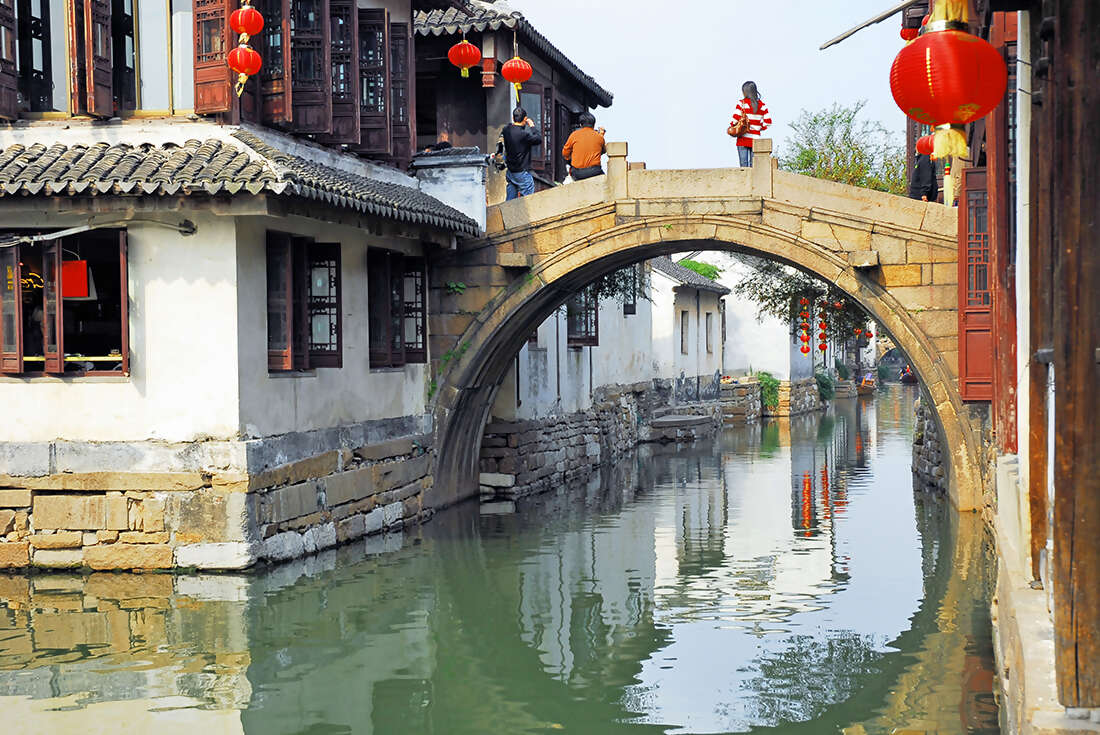

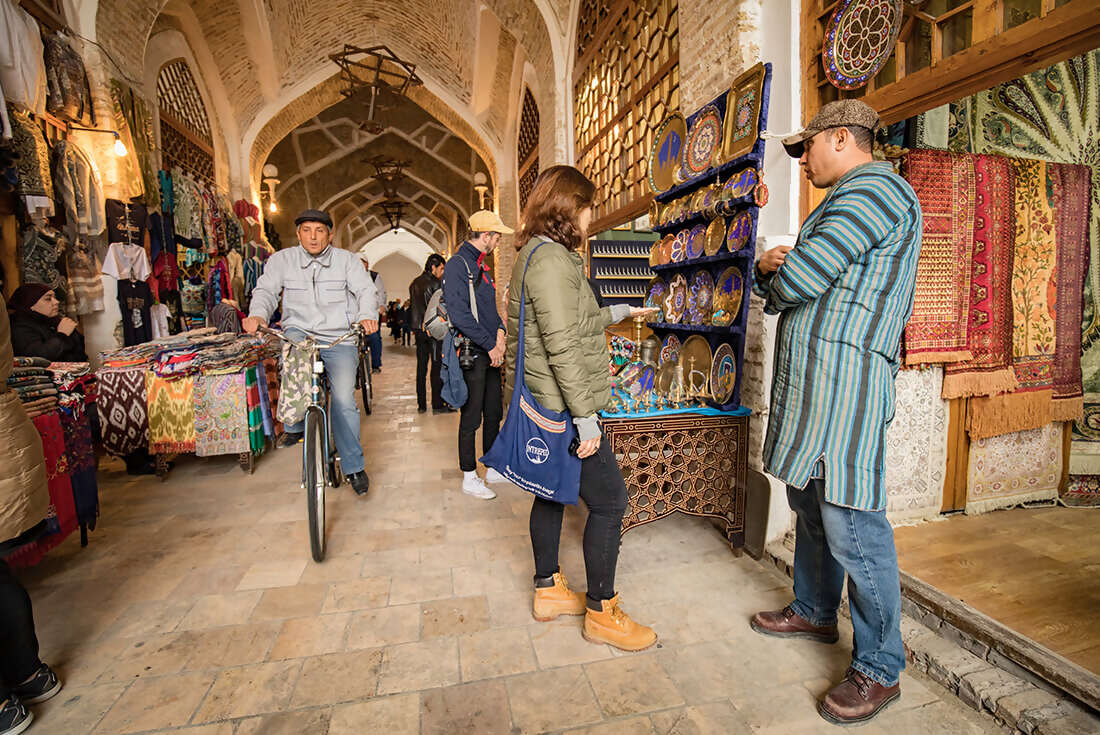

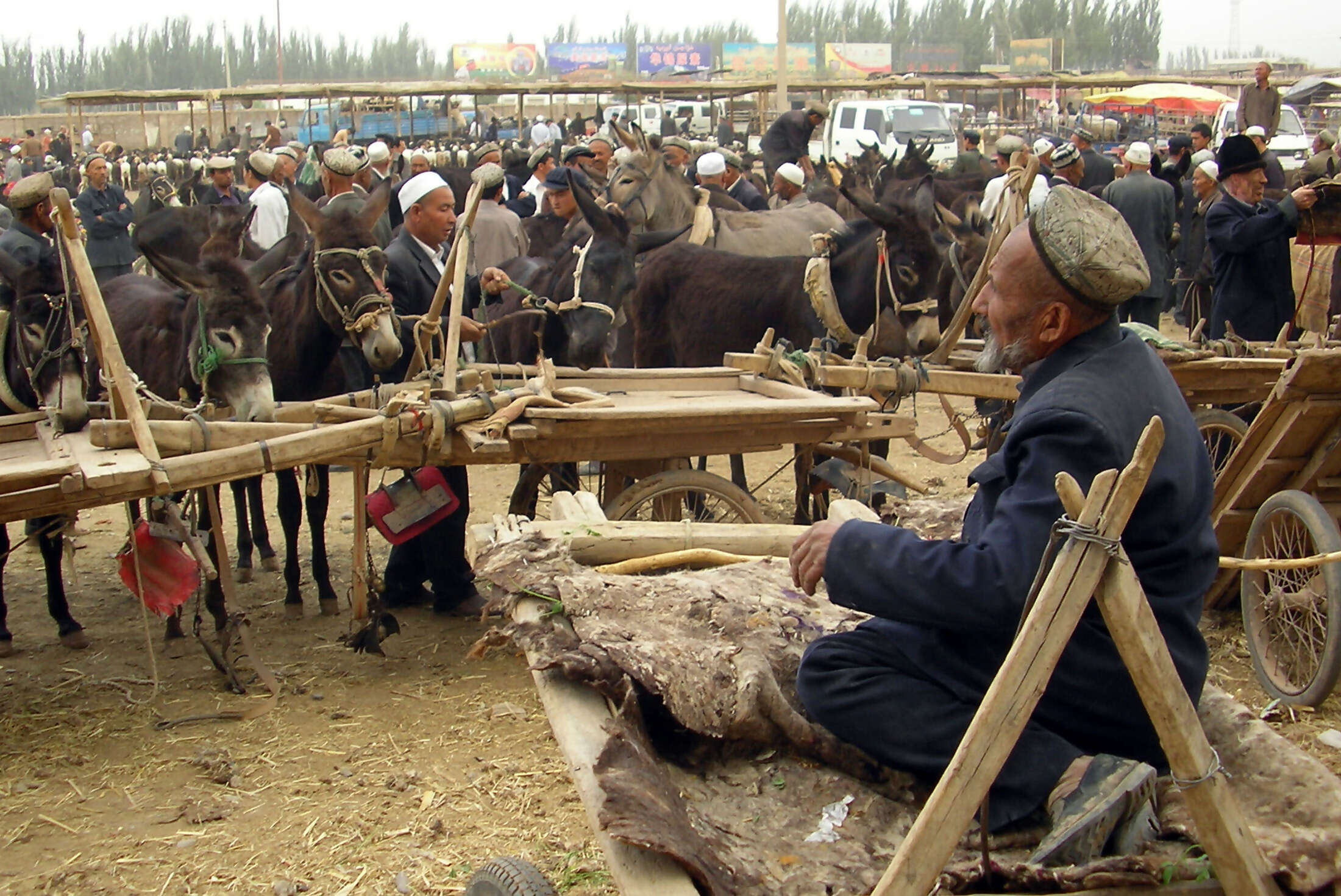

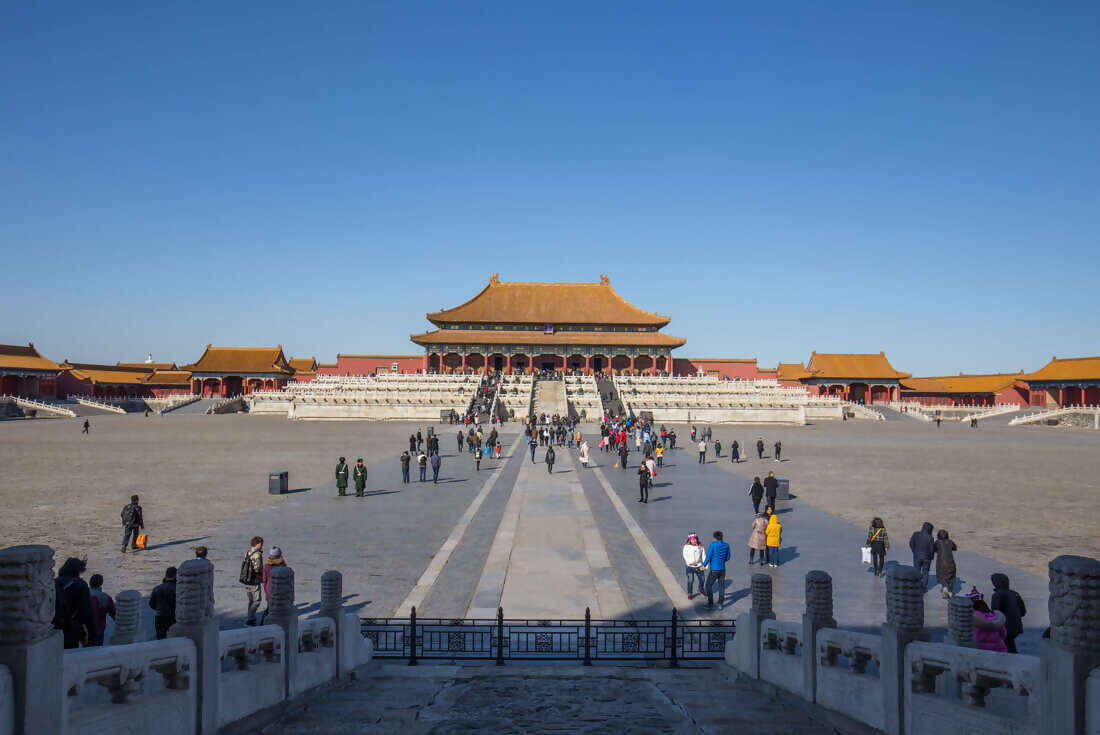
- You will visit the following places:
-

Beijing
Beijing is a metropolis in Northern China, and the capital of the People's Republic of China. It is one of the most populous cities in the world. Governed as a municipality under direct administration of the central government, Beijing borders Hebei Province to the north, west, south, and for a small section in the east, and Tianjing Municipality to the southeast. As the last of the Four Great Ancient Capitals of China, Beijing has been the political center of the country for much of the past eight centuries. Beijing has a glorious past, but is by no means stuck in the past. Standing side-by-side with old Beijing's crimson palace complexes are the city's modern buildings, the super-modern Olympic Village, with the Bird’s Nest Stadium and Water Cube; the dazzling shopping malls in Wangfujing Street and the colorful entertainment center of Houhai. The city is renowned for its opulent palaces, temples, parks, gardens, tombs, walls and gates, and its art treasures and universities have made it a center of culture and art in China!
-

Xi'an
Xi'an is the capital of the Shaanxi province, and a sub-provincial city in the People's Republic of China. One of the oldest cities in China, with more than 3,100 years of history, the city was known as Chang'an before the Ming Dynasty. It is one of the Four Great Ancient Capitals of China, having held that position under several of the most important dynasties in Chinese history, including Zhou, Qin, Han, Sui, and Tang. It is the eastern terminus of the Silk Road and home to the Terracotta Army. Xi'an is, for certain, one of the most popular tourist destinations among foreign travelers. A tour to Xi'an is something that any tourist to China would not want to miss, as it serves as a window on China's ancient civilization.
-

Bishkek
Bishkek formerly Pishpek and Frunze, is the capital and the largest city of Kyrgyzstan. Bishkek is also the administrative centre of Chuy Province which surrounds the city, even though the city itself is not part of the province but rather a province-level unit of Kyrgyzstan. The name is thought to derive from a Kyrgyz word for a churn used to make fermented mare's milk (kumis), the Kyrgyz national drink. Founded in 1825 as the Kyrgyz-Khokand fortress of "Bishkek", then, in 1862, named as the Russian fortress Pishpek in 1926 the city was renamed Frunze, after the Bolshevik military leader Mikhail Frunze. In 1991, the Kyrgyz parliament restored the city's historical name.
-

Tashkent
Tashkent is the capital of Uzbekistan and of the Tashkent Province. The officially registered population of the city in 2008 was 2.1 million. Unofficial sources estimate the actual population may be as much as 4.45 million. Due to the destruction of most of the ancient city during the 1917 revolution and later to the 1966 earthquake, little remains of Tashkent's traditional architectural heritage. Tashkent is, however, rich in museums and Soviet-era monuments.